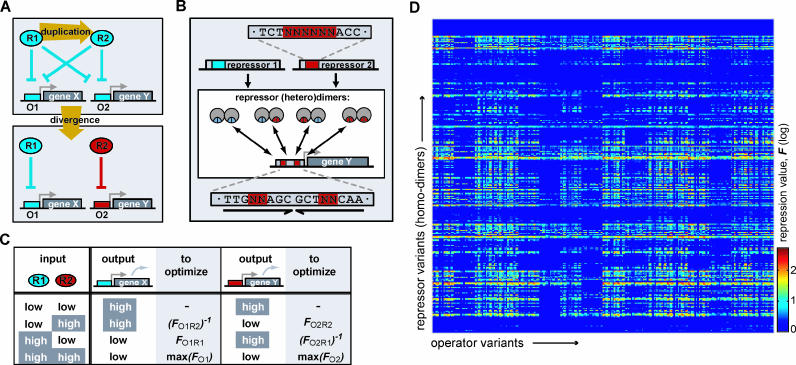Figure 1. Divergence Process, Fitness Criterion, and Mutational Dataset of Repression Values.
(A) Diagram of the studied divergence process: after a duplication event, a new regulatory interaction can be formed by mutating the two operators, O1 and O2, and two repressors, R1 and R2.
(B) Duplication and divergence yields heterodimers, which can all bind to the operator. The (initially symmetric) operators and repressors are based on the lac sequence, as indicated. Base pairs that are key to altering specificity (colored red and blue) can be mutated to arbitrary sequence.
(C) The selective pressure for independent regulation follows from four input conditions that contribute to the total fitness. When, e.g., R1 is high and R2 low, this implies that X should be low and Y high. Out of all interaction parameters of the network, in this case only F O1R1 and (F O2R1)−1 are relevant and need to be optimized. When R1 and R2 are high, both X and Y should be low, regardless of which repressor-dimer causes repression. Therefore max(F O1) (the strongest interaction with O1 by either homodimers of R1 or R2 or by the heterodimer of R1 and R2) and max(F O2) need to be be optimized. When both R1 and R2 are low, no parameters need to be optimized.
(D) Resulting repression value landscape, showing repression values based on actual measurements of mutants.

